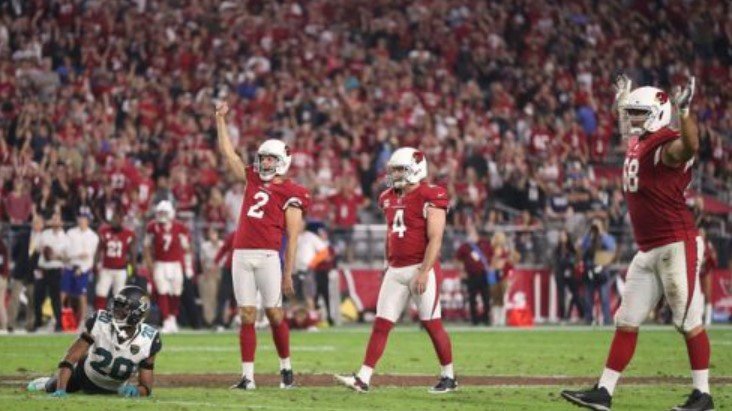The two-minute warning is a familiar feature of NFL games, but many fans may not know why it exists and how it affects the game. The two-minute warning is an automatic timeout that occurs when the game clock reaches the two-minute mark at the end of the second and fourth quarters. After the two-minute warning, certain clock running rules also take effect. In this article, we will explore the history and significance of the two-minute warning in the NFL.
How the two-minute warning came to be
The two-minute warning has its roots in the early days of professional football, when there was no official game clock for teams and coaches to check. Instead, officials were advised to notify team captains when time was running out in the half, usually when there were five to ten minutes left. The game had two 45-minute halves at the time.
As the game evolved and became shorter, the rules changed and the warning was given at the two-minute mark in 1942. Seven years later, the rules changed again, calling for a timeout when the two-minute warning was given. This gave teams an extra opportunity to regroup and strategize before the end of the half.
The two-minute warning became less of a warning in the 1960s, after the NFL decided to use the stadium clock as the official game clock. This made the time more visible and accurate for everyone involved. However, the two-minute warning remained as a tradition and a part of the game.

How the two-minute warning affects the game
The two-minute warning is not just a break in the action, but also a change in the game dynamics. After the two-minute warning, certain clock running rules take effect, which are different from the rest of the game. These rules are designed to prevent teams from gaining an unfair advantage or manipulating the clock.
For example, if there is an injury timeout after the two-minute warning, the team of the injured player will be charged a timeout, if they haven’t already used the three they get per half. This prevents teams from faking injuries to stop the clock or give themselves a breather.
Another example is that teams are not allowed to commit fouls, such as intentional grounding or throwing an illegal pass, in order to conserve time. If they do, the clock will start on the snap, rather than on the ready-for-play signal, which gives the other team more time to run out the clock.
These rules make the final two minutes of each half more exciting and challenging, as teams have to balance between scoring, defending, and managing the clock. The two-minute warning also adds an element of strategy and suspense, as teams have to decide when and how to use their timeouts, and whether to go for it on fourth down or punt.
How the two-minute warning benefits the fans and the league
The two-minute warning is not only a part of the game, but also a part of the entertainment. For the fans, the two-minute warning signals that the most important and thrilling moments of the game are here. It also gives them a chance to catch their breath, grab a snack, or check their fantasy scores.
For the league, the two-minute warning offers another opportunity for commercials, which have monetary value, especially during the Super Bowl. The two-minute warning also creates more drama and suspense, which attracts more viewers and ratings.
The two-minute warning is a unique and distinctive feature of the NFL, that has been around for decades. It has a history, a purpose, and an impact on the game. The next time you watch an NFL game, pay attention to the two-minute warning, and how it changes the game and the atmosphere.




































